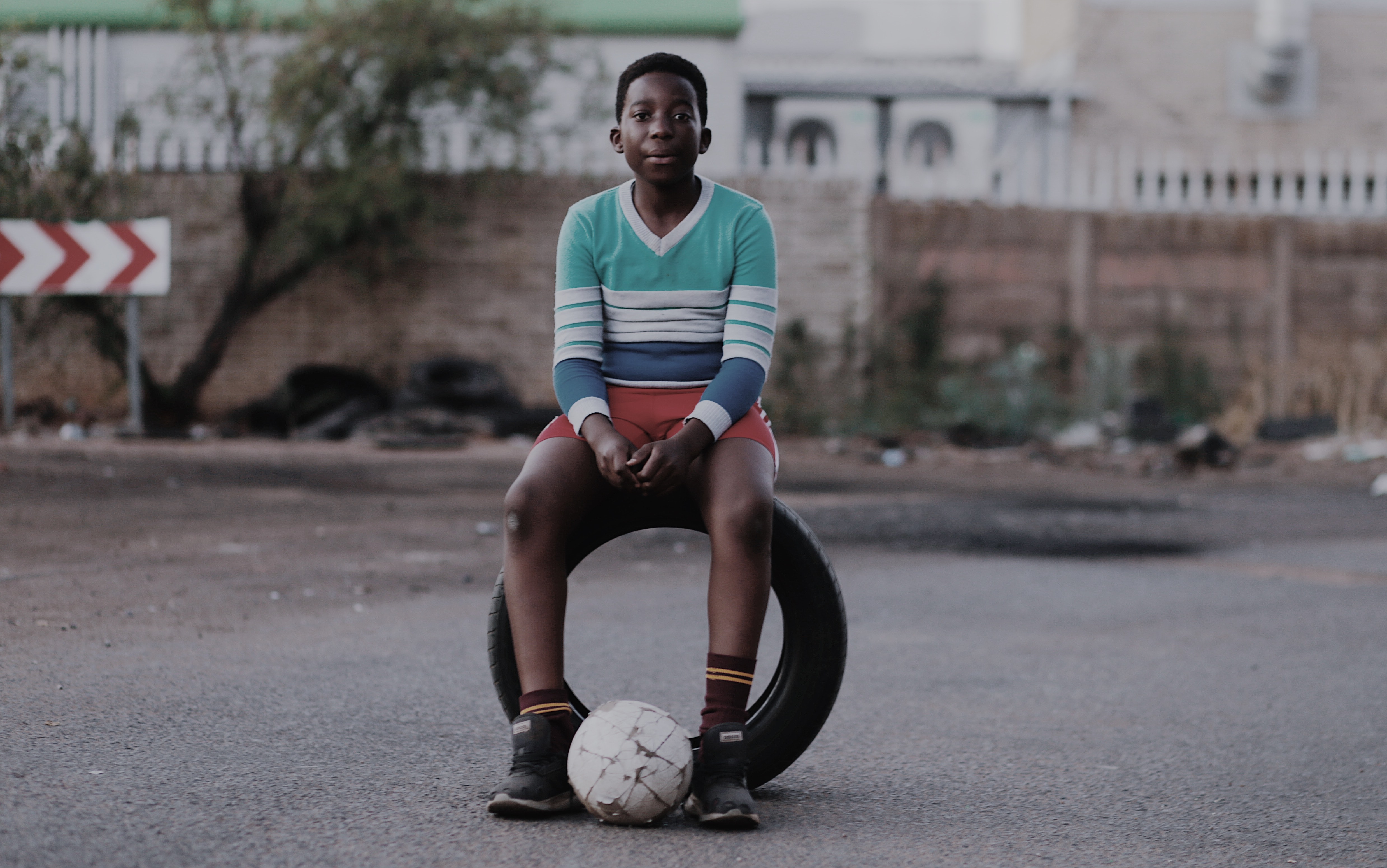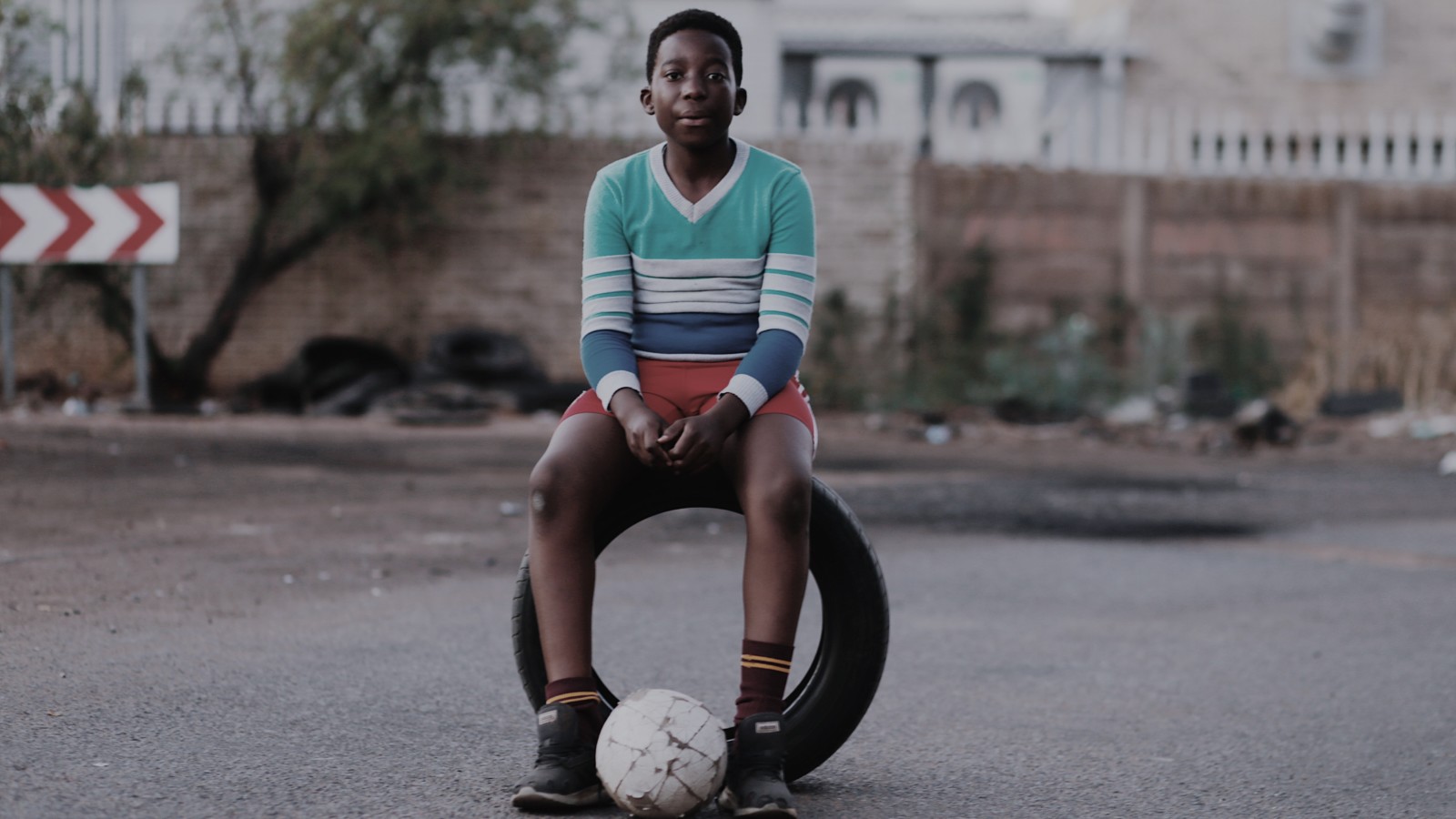Educators Combine Zoom With Other Platforms To Create Powerful Learning Experiences

With in-person events curtailed due to COVID-19, soccer coaches, musicians, and film critics are combining accessible tech tools like Zoom, YouTube, Google Classroom, Eventbrite, and even EA Sports’ FIFA soccer game to create powerful learning experiences.
By putting these long-existing tools together, these educators are also attracting new audiences. A small nonprofit like the Will Trippley Foundation, located near Philadelphia, can now extend its reach from nearby counties to distant places like Hong Kong.
A Good Idea Finds Its Niche
While volunteering with the Trippley Foundation, I found that President David A. Brown had converted the foundation’s in-person activities to online offerings, including its youth soccer program.
Learning experts suggest gamifying courses as a way to increase engagement. But Brown found a new way to gamify. Brown combined Zoom and the popular FIFA soccer game to create the Virtual Fútbol Academy, an online version of the foundation’s long-running local soccer program.
“FIFA was an obvious choice,” according to Brown, “ because it’s the most popular sports video game on the planet. I played growing up and still do. So when I was coaching a couple of years ago, the idea struck me that FIFA could help accelerate the young players’ learning.”
An early attempt to implement the FIFA game in a previous organization was nixed. “I spoke with the director of the club, but he did not understand the value. It was pre-Corona then, of course, so I shelved the idea.”
But later, at the Trippley Foundation, “approximately one month into Corona, our Chairperson was adamant that we needed to get on Zoom,” says Brown. “I told her that I’d have an idea for her in a week, and almost as soon as I got off the phone, I remembered my FIFA idea.”
Teaching The Beautiful Game Online
Soon, Brown learned “that I could teach more in the online context because the video game automatically did the basic techniques for the players – controlling, passing, dribbling, and shooting. This is significant because young players especially struggle with technique. So, the video game allowed the players to play more beautifully and better.”
The FIFA game also “accelerated their learning process for tactics tremendously,” says Brown. “There would have been no way to teach the players the tactical concepts in person that I did online as quickly. Certain concepts that I taught in one week could take me months with a team in-person.”
The virtual sessions begin on Zoom with physical warm-up exercises. Then the students use their Xbox or PlayStation for coach-guided skills sessions, followed by free play at the end of the session.
The Trippley Foundation’s program also uses sport to encourage kids to develop a Growth Mindset, based on Stanford professor Carol Dweck’s theories. To facilitate this learning, students use the note-taking tool Evernote to record their reflections on their efforts.
Moving the course online has also expanded the program’s reach. “Our audience has gone from Chester, PA, and the surrounding area to the entire planet,” says Brown. One parent in Hong Kong gave a testimonial for the program, praising the soccer and life skills coaching and adding, “My boy was eager to attend his class every day.”
I Wake Up Streaming
My girlfriend gave me a unique birthday present, an online class in Film Noir taught by expert Elliot Lavine. The course benefitted San Francisco’s Roxie Theater, a legendary repertory film house that is creating online offerings in the COVID age.
“The folks at the Roxie came to me, asking if I was interested in putting some kind of film class together for them online,” says Lavine. He suggested a virtual reboot of his I Wake Up Screaming film noir festivals that had run at The Roxie for many years. Lavine, who now lives in Portland, christened the new offering I Wake Up Streaming.
“They did an amazing job of corralling all these people together, creating the platform, getting the word out, etc. My relationship with the Roxie goes back over 30 years, so it was especially rewarding to be a part of its ongoing success as a formidable and indispensable venue,” says Lavine.
Lavine and The Roxie used Eventbrite for registration, links to course materials, and the necessary email confirmations and reminders. We watched two films on YouTube each week and then met on Zoom to discuss them. During the Zoom sessions, Lavine talked about the movies and took questions, with lively conversations also breaking out on the Zoom text chat.
A Constraint Adds Interest
Lavine carefully selected classic works from the 1940s and 50s, but within a guardrail:
They had to be in the public domain and accessible on YouTube and other platforms.
For Lavine, using public domain films “became essential once I decided to avoid films on YouTube that are still under studio ownership. I didn’t want to create a situation where The Roxie would suddenly have to pay rental fees. Besides, a big part of this program centered around making it as easy, and inexpensive, as possible for the participants.”
Choosing public domain works had another benefit. Lavine could “focus on a specific type of noir film – the unapologetically threadbare B-movie, or ‘poverty row’ film, which for me, represents a more authentic vision of the film noir ethos.”
Easy To Attend, Harder to Teach?
Asked about the difference between teaching in-person and online, Lavine says he
“learned that more preparation is needed on my part.” Previous in-person classes spent most of the time watching the films.
“Now that students are watching the films in advance at home, it means I have to spend 90 to 120 minutes talking, speechifying, taking questions, etc.,” Lavine reveals. “And that might wind up being one of the things I like best about online teaching, although overall, I prefer doing it live.”
Another big difference is the audience, according to Lavine: “My Stanford online classes are pulling folks in from all over. It’s gratifying to be able to expand one’s reach during a time when such things are becoming increasingly more difficult for so many. And I’ve also heard from people who have been simply unable to attend in-person classes and can now finally share in this learning experience.”
Brazilian Music Class With A Global Reach
American Choro music enthusiasts flock each year to events like California Brazil Camp in Northern California and the Choro week at Washington state’s Centrum. These events offer the chance to take classes and socialize with Brazilian masters of the sophisticated instrumental style.
There is also an informal network of U.S musicians who facilitate visits by their Brazilian peers, arranging performances at house concerts and impromptu clinics in church basements or small venues.
Rafael Lima, an expat living in Holland, teamed with fellow Brazilian musician Edu Neves to create a master class in Choro aimed at this U.S. audience.
The four-week online class offers students a rare opportunity for extended access to a Brazilian master. Students can participate in a live lesson on Zoom, watch it again on YouTube, and upload their musical assignments for instructor feedback using Google Classroom.
Lima says he “researched how other people were doing online lessons. I was already teaching on Zoom with EPM Holanda,” a school for Brazilian music in Rotterdam. He put together a set of platforms that made sense for his new class’s international reach.
Some music scores are posted in XML so that students can load exercises into Finale, a familiar music notation program. PayPal is used for class registration because it can instantly convert currencies, so students from the U.S. can pay in Euros. Lima handles the confirmations and other communications with Google Classroom and WhatsApp.
The class meets each week live on Zoom, with Lima pulling double duty translating Neve’s Portuguese to English. Translation, says Lima, “ is quite a hard job for my brain. Switching languages is a workout. Sometimes you may see that I go blank. I read an article that says that’s normal. Some words come in Dutch, others in English, and others in Portuguese.”
Because of latency, the audio signal’s delay online, students and instructor can’t play together in real-time. But Neves can play his flute or saxophone to demonstrate the techniques he is teaching, and students can ask questions or play for the teacher.
Piecing Together A New Normal
These educators and students flow back and forth from Zoom’s live meetings to other applications, including some accessed on-demand outside of class time. But there could be less tool switching in the future. Zoom now offers over 1,000 apps and integrations, including many in the education space that may eventually provide a more seamless experience.
For now, this cobbled-together new normal is working well and driving growth. The Trippley Foundation’s Brown is working on an international partnership with a Spanish fútbol club. With Lima’s first music course attracting about a dozen U.S. students, he is making plans for more: “Every month a new one. I am planning to expand to an online school.”
With his bookings extending into Fall 2021, Lavine contends that “online film studies classes are here to stay, even once the pandemic is behind us.”
But the yearning for a more direct connection remains. ”At the same time,” Lavine remarks, “I’m looking forward to resuming in-person classes someday in Portland.”


